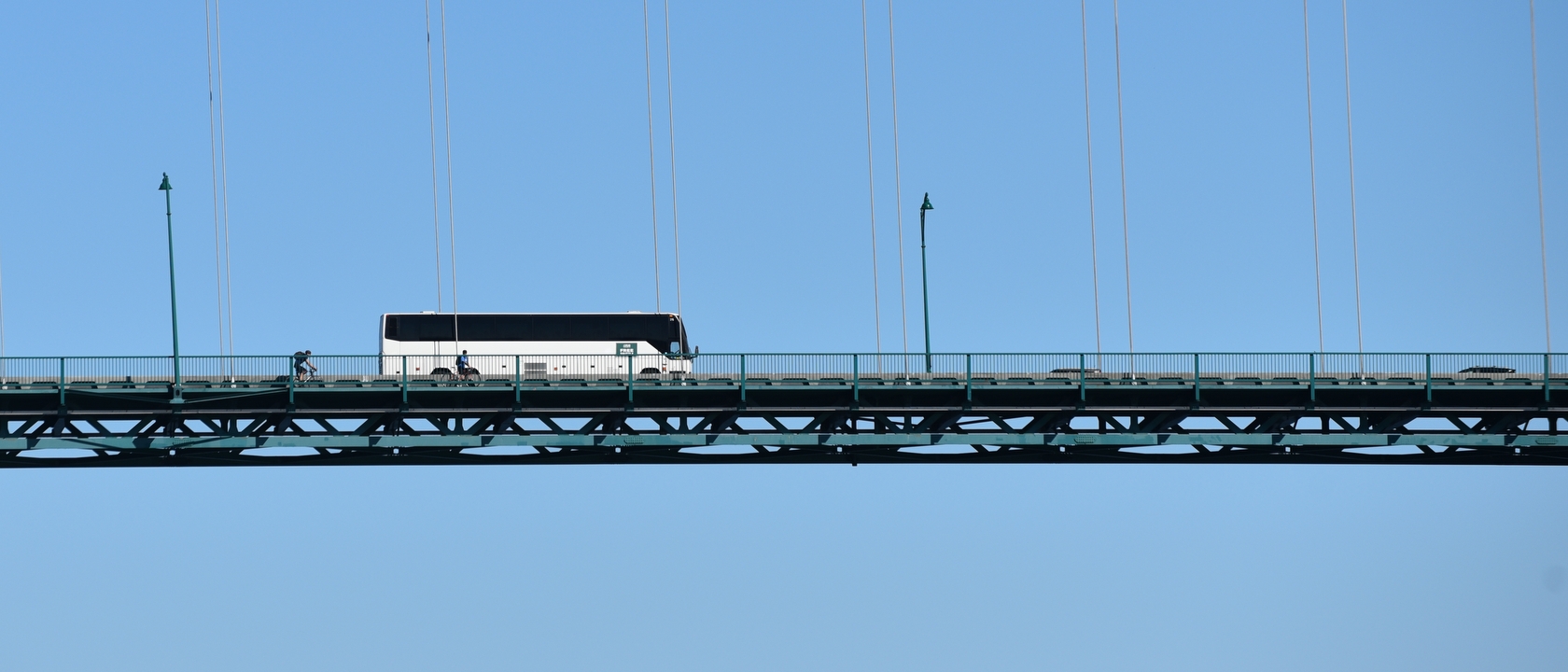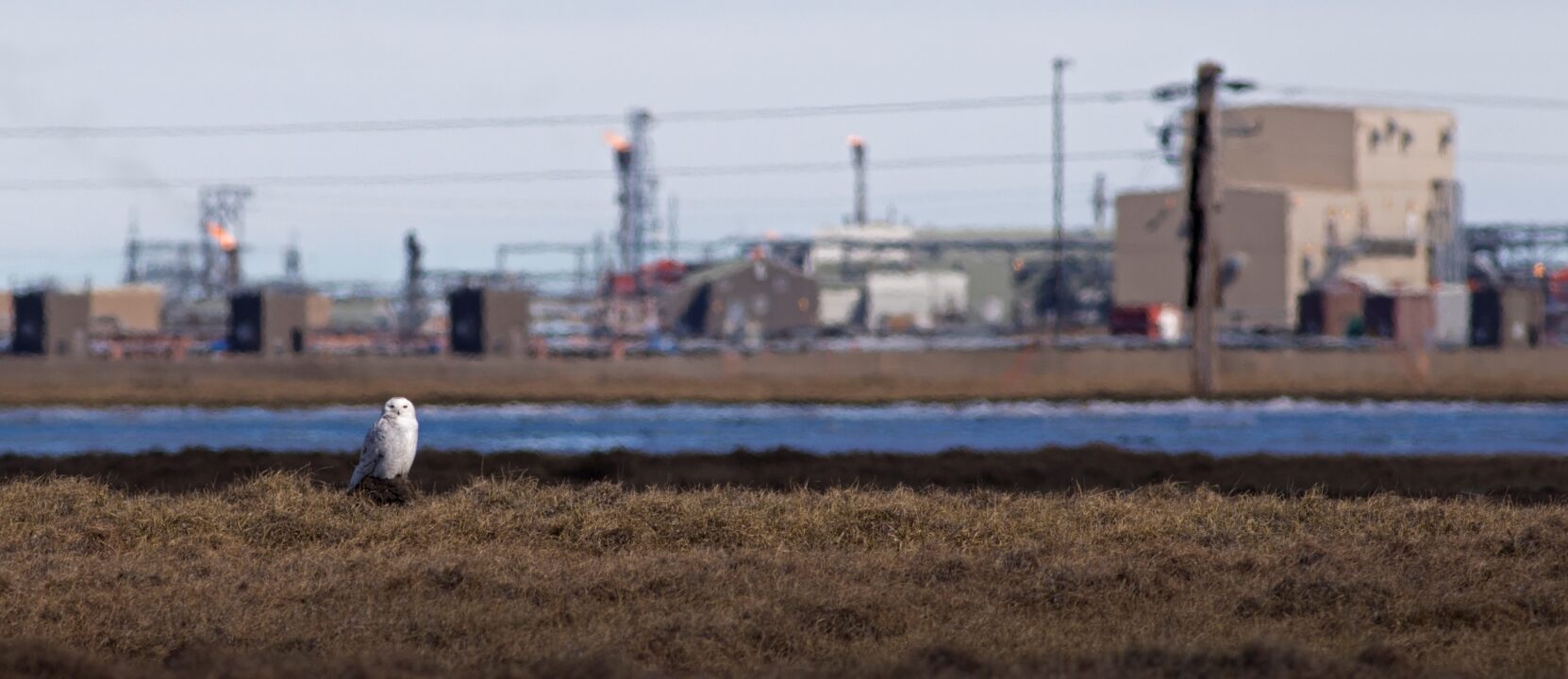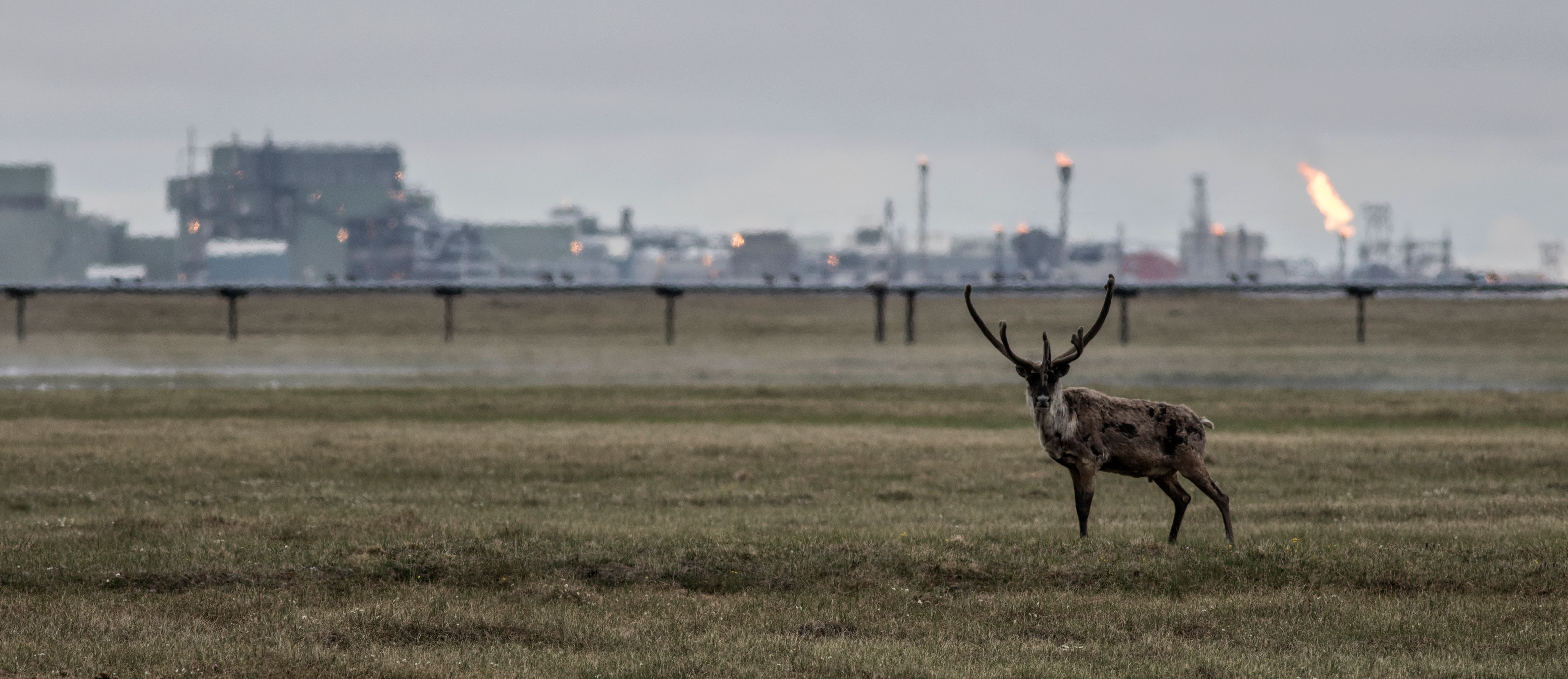SLOW TRAVEL

A new Wildlife Conservation Society (WCS) study found that the nest survival of migratory birds in Prudhoe Bay, Alaska, decreased significantly near oil and gas infrastructure. Prudhoe Bay is an important avian breeding ground, and millions of birds nest there before migrating to other parts of the world. The study suggests that oil and gas development may be harming bird populations.

The findings, described in the journal Avian Biology, come as the U.S. recently approved the $8 billion Willow oil project – a controversial, long-term effort to drill in Alaska’s largest remaining untouched wilderness in the U.S., the 36,875 square mile National Petroleum Reserve (NPR-A) west of Prudhoe Bay. Willow’s planned infrastructure borders the Teshekpuk Lake Special Area, one of five regions within the NPR-A that have been set aside from production due to significant ecological importance or subsistence value – in this case nesting waterfowl and shorebirds, as well as caribou.
Said Martin Robards, Regional Director of WCS’s Arctic Beringia Program and an author of the study: “Tundra-breeding birds contend with short breeding seasons, harsh climatic conditions, and now, rapidly changing, variable, and unpredictable environmental conditions caused by climate change. Additionally, as we demonstrate here, those breeding in industrial areas are impacted by human activities too. The urgency to better understand these relationships and mitigate impacts cannot be expressed strongly enough, given widely acknowledged declines in these species, our national and global obligations to protect migratory birds, and the potential impacts that are large.”

The study found that nest survival was significantly lower near oil and gas infrastructure, even after controlling for other factors such as distance from the coast, elevation, and vegetation. The authors suggest that a number of factors associated with industrial development, such as habitat degradation, noise, and increased predator populations, may be contributing to the decline in nest survival.
The study’s findings are concerning, as Prudhoe Bay is an important avian breeding ground. Millions of birds nest there before migrating to other parts of the world. The study suggests that oil and gas development may be harming bird populations.
WCS Executive Vice President for Public Affairs John Calvelli said that the study’s findings “highlight the need for the U.S. government to take steps to protect migratory birds.” He called on the government to “ensure the most important bird areas continue to be set aside, as has been done through the NPR-A’s Special Areas.”
The NPR-A is the National Petroleum Reserve-Alaska, which is a large area of land in Alaska that is managed by the U.S. Department of the Interior. The NPR-A contains a number of Special Areas that have been set aside for the protection of wildlife.
Calvelli’s statement is a reminder that we need to do more to protect our wildlife. Industrial development can have a significant impact on wildlife populations, and we need to be careful to mitigate these impacts.
PHOTOS: WCS (Wildlife Conservation Society)
MISSION: WCS saves wildlife and wild places worldwide through science, conservation action, education, and inspiring people to value nature.